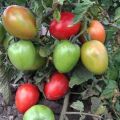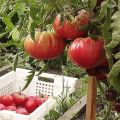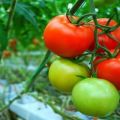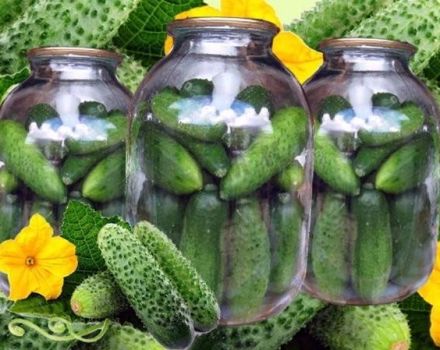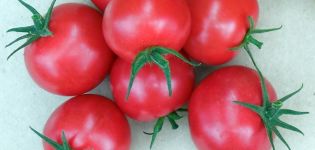Description of the tomato variety Pineapple, features of cultivation and care
Every year, garden crops of a new selection appear on the horticultural market, one of which is the Pineapple tomato variety. Experts advise fans of unusual varieties to pay attention to the new species and appreciate the merits of yellow tomatoes. To obtain proper yield indicators, it is recommended to take into account the basic recommendations for growing the variety.
Description of the variety
Tomato Pineapple belongs to the early maturing indeterminate species. The bushes of the plant are tall and need to be tied up. The average height of adult shoots reaches 1.5 meters. The tomato is considered a large-fruited variety; the average weight of one vegetable is 250 grams. With proper care and proper removal of stepchildren, giant vegetables can be produced.
The fruits are characterized by a sweetish aftertaste unusual for a tomato. Gardeners' reviews note pineapple notes, which is more typical for fruits. The flesh of tomatoes is firm, but easy to cut. Due to its large size, the variety is suitable for salad dressing and use in recipes for winter preparations.
Growing
The cultivation is carried out in seedlings. The time of planting seeds is determined depending on the desired period of harvest, from the moment of emergence to the first harvest, on average, it takes from 110 to 115 days.

As the shoots grow, the bushes are provided with a garter, and the timely removal of excess greenery. Yield indicators largely depend on how well the cultivation biotechnology is followed. On average, there are 3 or 4 large tomatoes for every 4 clusters of a plant. It is recommended to form the plant into 2 or 3 stems.
Care features
Plant care is standard. The plant needs fertile soil and several dressings during the growing season. The culture is demanding for sufficient watering and does not tolerate drafts.
Pickling must be carried out in a timely manner, since excessive thickening leads to insufficient air supply and increases the risk of plant diseases.
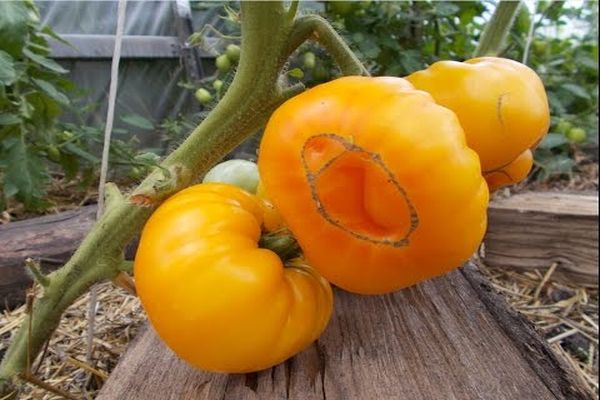
Advantages and disadvantages
The variety got its name from the unusual appearance of vegetables and their specific taste. The highest palatability of fruits is gained at the end of the growing season. The advantages of the species include:
- the appearance and taste of pineapple in a tomato;
- use of fresh fruits and in preparations;
- yield indicators;
- regulation of the mass of tomatoes.
The disadvantage is the need for pinching work, which requires additional time to care for the plant.
When receiving large fruits, it requires the use of fruits immediately, since the shelf life of cut tomatoes is short.
Pests and diseases
The variety has no specific features and the main ones are considered to be traditional tomato pests and fungal diseases. Both the lack of irrigation and excessive soil moisture have a negative impact. Compliance with the rules of agricultural technology can minimize the risk of cladosporiosis and late blight.
Harvesting and storage
Harvesting is carried out at the time of full ripening of the fruit. Since the plant belongs to the early maturing species, in most cases the risk of getting immature fruits at the end of the growing season is minimized.
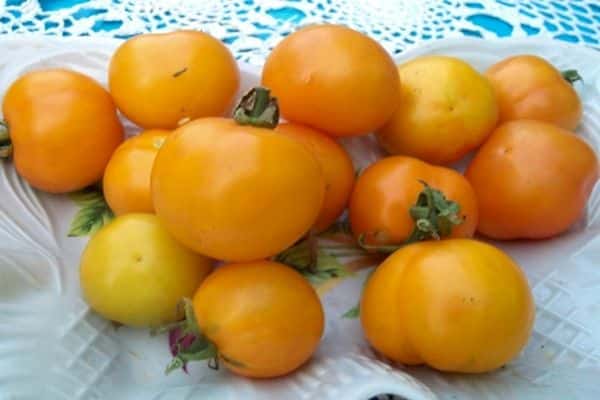
When receiving these vegetables, it is recommended to place them in a cool, dark place and eat them as the vegetables mature.
Gardeners reviews
Anastasia, 27 years old:
“I liked the description of the tomato and was tempted by the unusual variety of tomato. Tomatoes have a fruity flavor that is unusual for the vast majority of tomato varieties. The number of giants was small, but overall, the yield indicators were good. "
Alena, 49 years old:
“I doubted the reality of getting fruits with a pineapple flavor; in practice, the fruits are inherent in fruit notes. The advantage is the unusual taste of the tomato and the ability to remove large fruits. The disadvantage can be considered the need for periodic thinning and removal of ever-growing greenery in the form of stepsons. "



